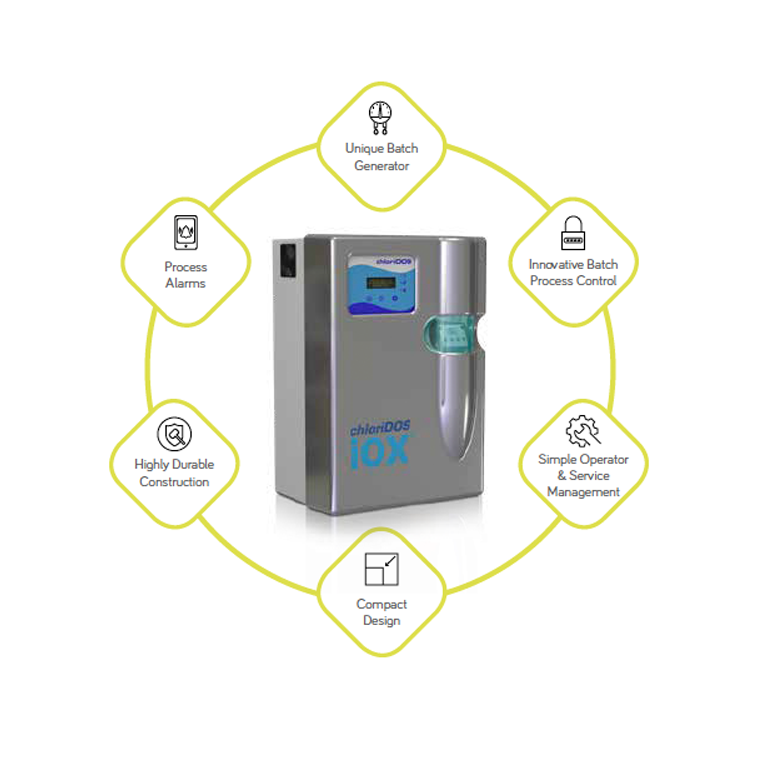'The misunderstood'
The use of redox (reduction-oxidation) in downstream monitoring was adopted many years ago to try and limit the risk of over and under dosing, in combination with pulsed water meters.
Redox can elevate due to several factors, these can include:
- Interference through fluctuations in background free-chlorine residuals and water balance
- Inability to detect quantitative ClO2 residuals for minimum and maximum thresholds to be controlled
- Not maintaining, cleaning and replacing redox electrodes frequently
- A high acid dosing ratio
Amperometric/potentiostatic residual ClO2 measurement is implemented for downstream monitoring, adopted to help improve the limitations of earlier redox control systems.
However, this then misses the point, as these analysers were often installed to protect over and under dosing events due to poor equipment design, rather than just biocidal compliance. Poor installation and/or maintenance of the analyser causes another major vulnerability to over and under ClO2 dosing events occurring, which can be hazardous.
Industry specifications based on old practices and outdated designs, unclear industry guidance and real lack of understanding on what compliance means, are leading issues of misunderstanding.
Many choose the correct equipment installation scheme but misunderstand that WRAS only covers the components or product in contact with potable water, not the installation. The entire installation must be in accordance with local water supplier byelaws and the drinking water supply to remain wholesome at all times within the building.
Always remember, prevention is better than cure!
Protect the operator, secure the chemical reaction efficacy, build a robust product that is both simple to install, maintain and operate. This sounds easy, so why is this not happening enough in practice then?

)
 Technology plays a great part as we know in the advancement of improving and influencing most things we see and do every day in life. The same is no different in this case.
Technology plays a great part as we know in the advancement of improving and influencing most things we see and do every day in life. The same is no different in this case.

